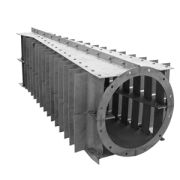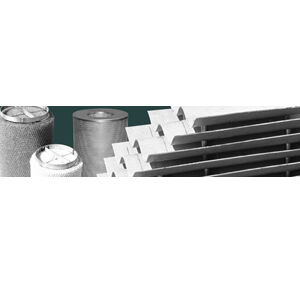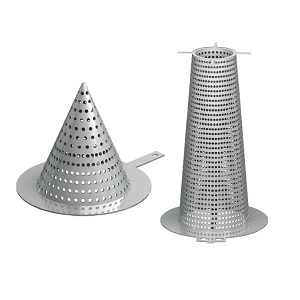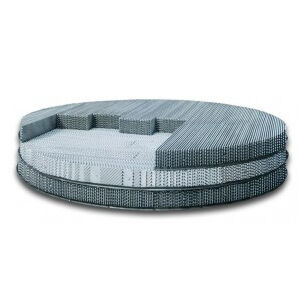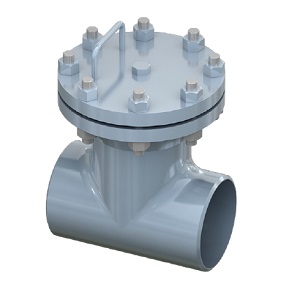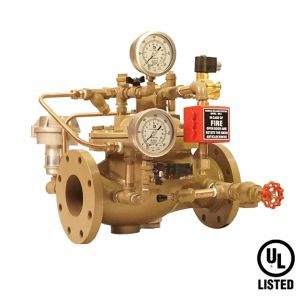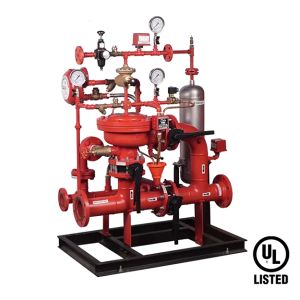Feed Inlet Device
Low Energy Services
For low energy services, where ρV2 is less than 1,500 kg / m-s2, a V-Baffle inlet diverter may be used. At higher rates, the V-baffle may shatter the inlet liquid into smaller droplets, which will put excess load on the mist eliminators, leading to liquid carryover.
Moderate Energy Services
For moderate energy services, where ρV2 is less than 2,100 kg / m-s2, a half open pipe diverter may be used. This would use a length of pipe the same diameter as the inlet nozzle with the bottom half cut away to direct the inlet mixture downward along the center line of the vessel. They are generally inexpensive, and more effective than a V-baffle, but they should not be used in high energy services or where liquid slugs are anticipated because they can cause liquid jetting, leading to increased mist load and foaming.
High Energy Services
For higher energy services, or where liquid slugs are anticipated, with ρV2 up to 8,000 kg / m-s2, AMACS recommends an Accuflow™ Vane Type Inlet Separator device.
No Downloads Available

